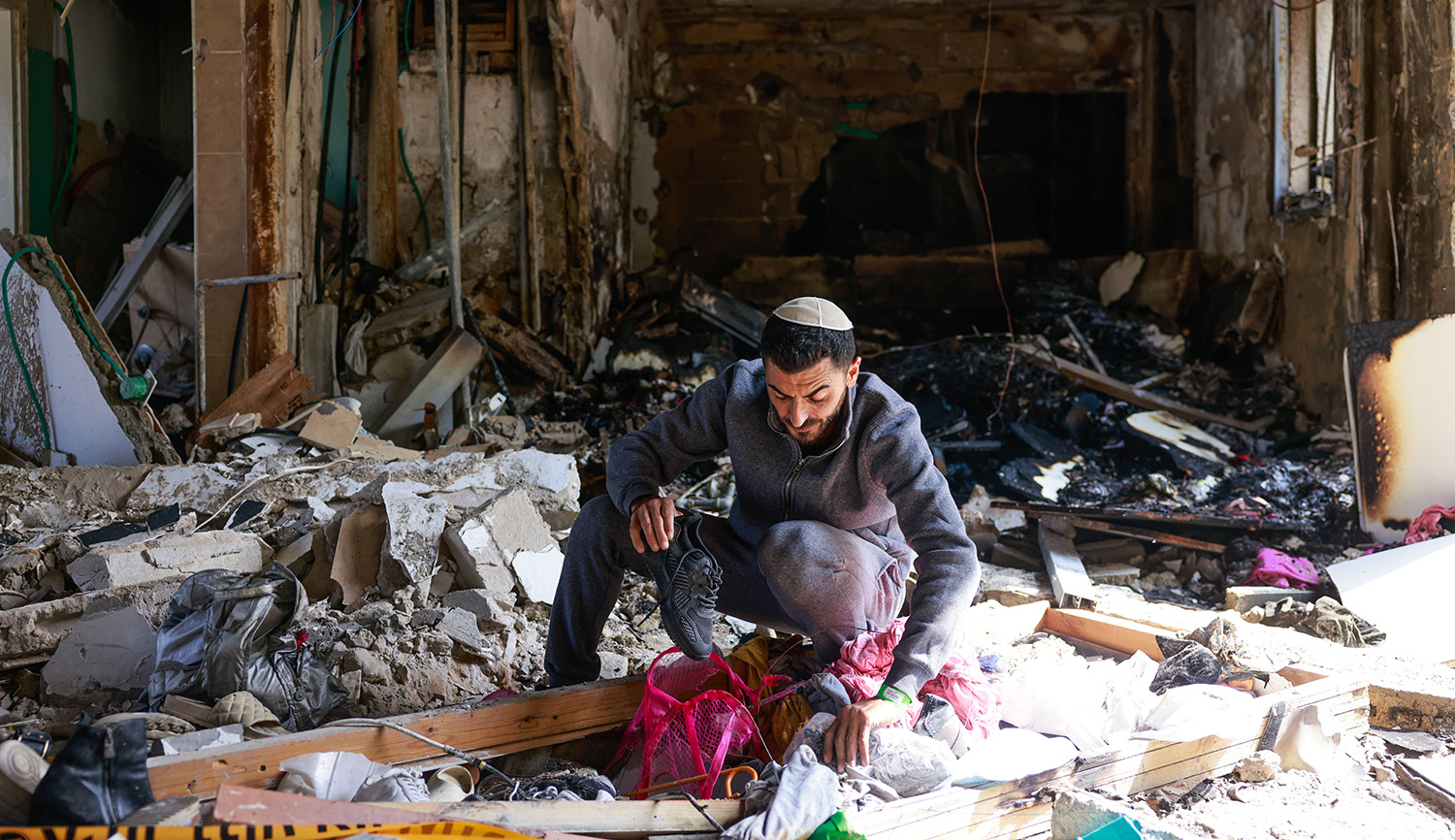In 1992, in response to Israel’s assassination of Hizballah’s co-founder and leader Abbas Musawi, the Iran-backed terrorist group carried out a suicide bombing at the Israeli embassy in Buenos Aires, killing 29. Two years later, acting on instructions from Tehran, Hizballah executed a far deadlier attack on the AMIA Jewish center in the same city. Ryan Berg and Colin Clarke believe it likely that the Islamic Republic might similarly try to avenge Washington’s recent killing of the Iranian terror master Qassem Suleimani by targeting U.S. interests in Latin America, where Tehran’s networks are as extensive as ever:
During a recent visit to Colombia, . . . Secretary of State Mike Pompeo highlighted Hizballah’s activities in South America and the robust material support the group receives from the Nicolás Maduro regime in Venezuela. This nexus dates back to the time of Venezuelan President Hugo Chávez, who offered Iran a financial workaround during the initial period of U.S. sanctions.
Iran also works behind the scenes to influence a range of non-Islamic groups throughout Latin America. . . . These groups adhere to a blend of revolutionary and leftist ideologies, and Tehran demonstrates its ideological flexibility by pushing the narrative of anti-imperialism, Bolivarianism, and anti-Americanism, all of which resonate more directly with these groups. They also provide Iran with options beyond Hizballah to conduct acts of sabotage and politically and ideologically motivated violence throughout the southern Andes.
Beyond Venezuela, Hizballah also maintains a strong presence in the [notoriously lawless] tri-border area at the borders of Brazil, Paraguay, and Argentina. Over time, the group inserted itself into the hemisphere’s lucrative drug-trafficking and weapons-smuggling networks and became key money launderers, an activity estimated as of 2003 to generate between $300 million and $500 million per year for all Islamist groups in the area. Under the Obama administration, the Drug Enforcement Administration ceased Project Cassandra, an investigation of Hizballah’s sprawling Latin America network.
More about: AMIA bombing, Hizballah, Iran, Latin America, U.S. Foreign policy, Venezuela


